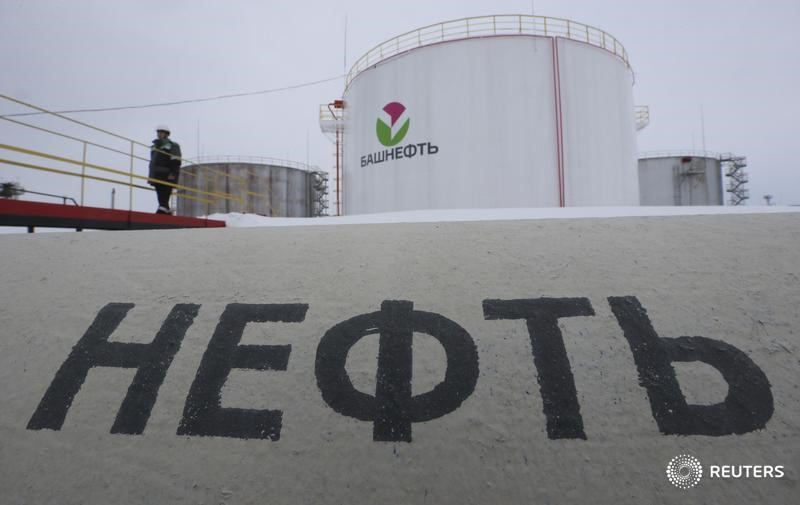By Barani Krishnan
Investing.com - The selloff in oil accelerated into a near freefall on Wednesday, with global benchmark Brent crude breaking key support of $90 per barrel the first time since February.
Twenty-year highs in the dollar that raised the acquisition cost for crude when bought with other currencies; China’s growing COVID lockdowns and fears of a third straight 75-basis point rate hike by the U.S. Federal Reserve when it meets on September 21 led to a perfect storm for oil bulls.
Adding to that were efforts by the Group of Seven, or G7, countries to cap the selling price for Russian oil to deny Moscow maximum revenue from the energy exports it depends on to finance the war in Ukraine.
After months of pondering, G7 member countries — comprising Canada, France, Germany, Italy, Japan, the United Kingdom and the United States — announced on Friday the price cap on Russian oil.
Russia's President Vladimir Putin threatened on Wednesday to withhold all forms of Russian energy exports from "unfriendly" countries. "We will not supply anything at all if it is contrary to our interests, in this case economic [interests]," Putin told a conference in Russia's Far East. "No gas, no oil, no coal, no fuel oil, nothing."
But Putin’s threat did not make much of an impact on Wednesday’s market.
Brent, the London-traded global benchmark for oil, settled down $4.83, or 5.3%, at $88 per barrel. It was the lowest settlement for Brent since January 18. That’s not all. The global crude benchmark has lost more than $50 since scaling $140 per barrel in March, on the back of the upheaval in oil supplies after the West’s sanctions on Russia for its invasion of Ukraine.
New York-traded West Texas Intermediate, the benchmark for U.S. crude, settled down $4.94, or 5.7%, at $81.94 per barrel. Like Brent, WTI has lost almost $50 too since March, when it hit around $130.
Wally Adeyemo, deputy secretary of the US Treasury and an architect of the oil price cap, said on Tuesday the Biden administration believed the price cap can succeed even if a number of oil importers do not choose to formally join the plan.
“These countries want to pay lower prices for Russian oil, and the price cap will help them achieve that by offering greater transparency into what price coalition members are paying. In turn, that transparency will give importing countries leverage to drive better deals with Russia—a phenomenon we are already beginning to see in the steeply discounted offers Russia has begun making as they try to get ahead of the price cap,” Adeyemo said in a speech. “That alone is enough to drive down Russia’s revenues. In essence, the price cap is designed to create incentives that benefit the global economy while reducing the Kremlin’s revenue.
Adeyemo also said the price cap will help prevent damaging energy price spikes while reducing Russia’s most critical source of revenue.
Separately, he told Bloomberg TV in an interview on Tuesday that he was encouraged to hear India was among countries planning to join the action against Moscow. India has been one of the biggest buyers of Russian oil this year.
Analysts on the oil market concurred that the price cap could work on lowering global oil prices.
“The Russian oil price cap is particularly a tricky one. There are fears that an angry Putin will halt all oil and gas supplies to teach the West and the world a lesson for trying to gang up against Mother Russia,” said John Kilduff, partner at New York energy hedge fund Again Capital.
“On the other hand, Russia also needs to keep the revenue stream going, so it probably needs to export its hydrocarbons at some point. That’s probably what’s weighing on the market too, since the sub-$90 per barrel of Brent in the actual market may be closer to between $55 and $60 based on what Russia is forced to sell at.”
